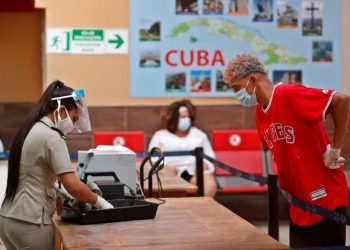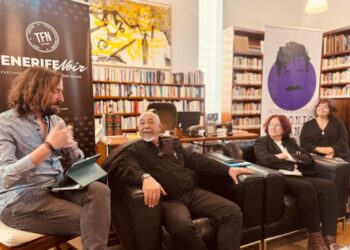Die Kunst der Bewegung
Immer hatte ich sagen hören, dass man einen Kubaner überall erkennt, und mir schien die Feststellung übertrieben. Allerdings, nachdem ich es in verschiedenen Situationen erlebt habe, denke ich, dass es nicht so verkehrt ist, tatsächlich erkennen wir uns Kubaner leicht, vor allem an der Art, wie wir uns bewegen.












